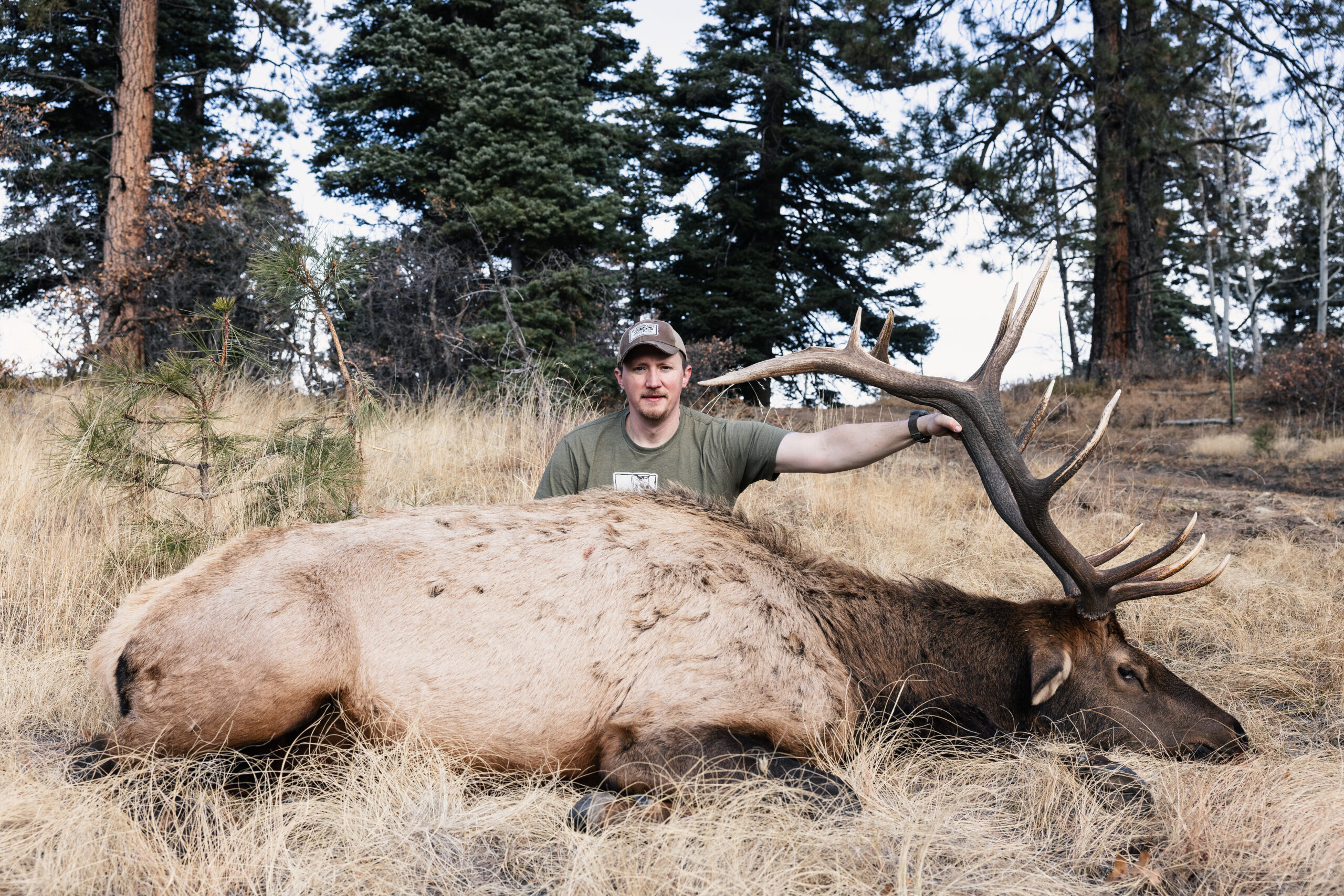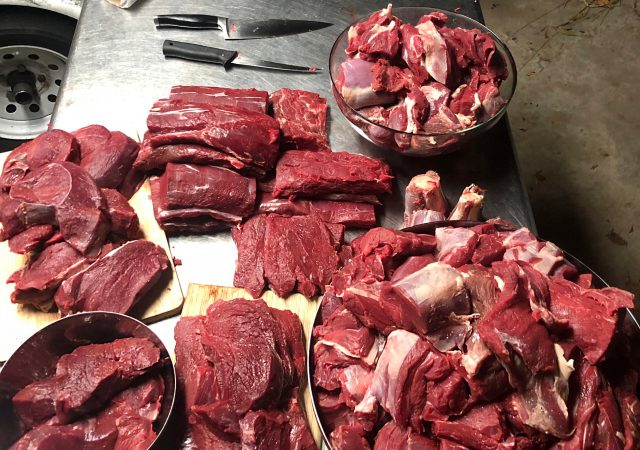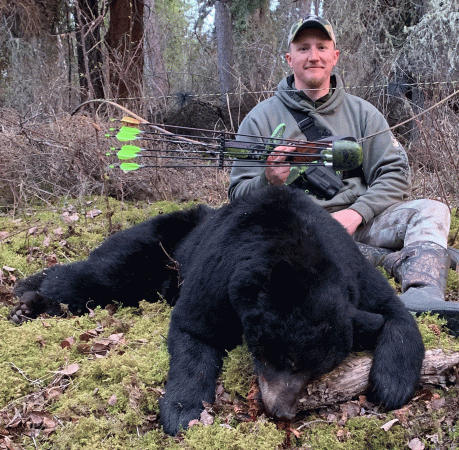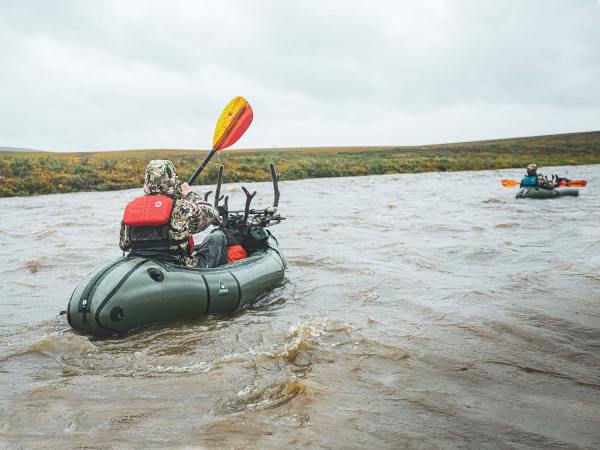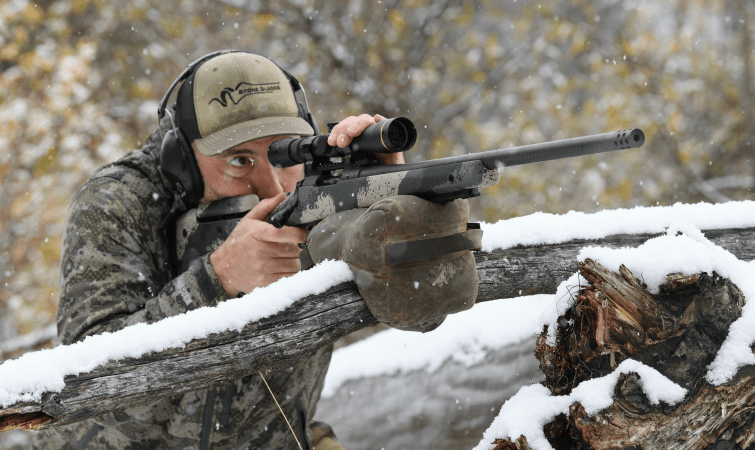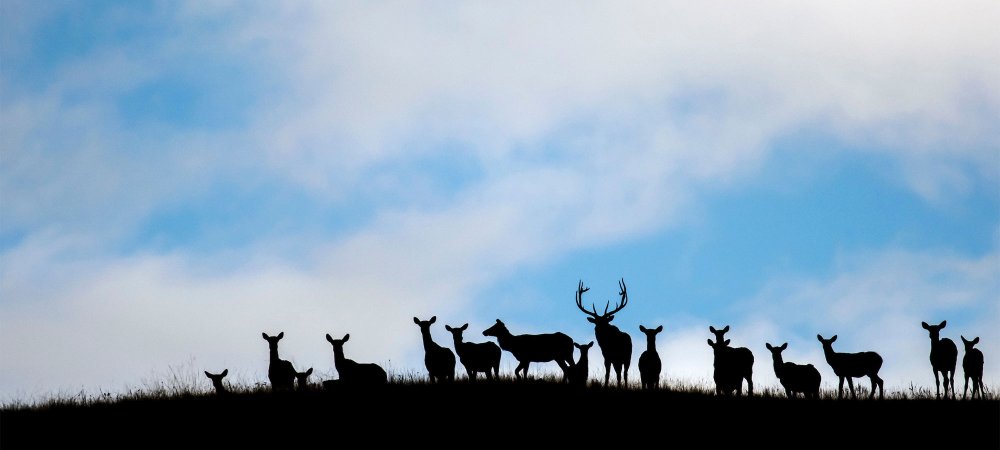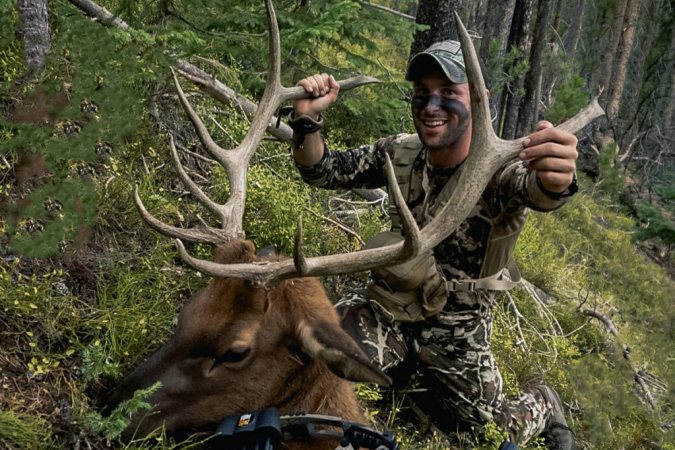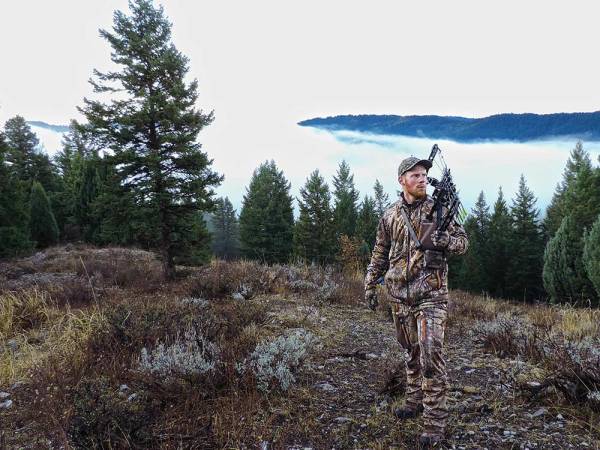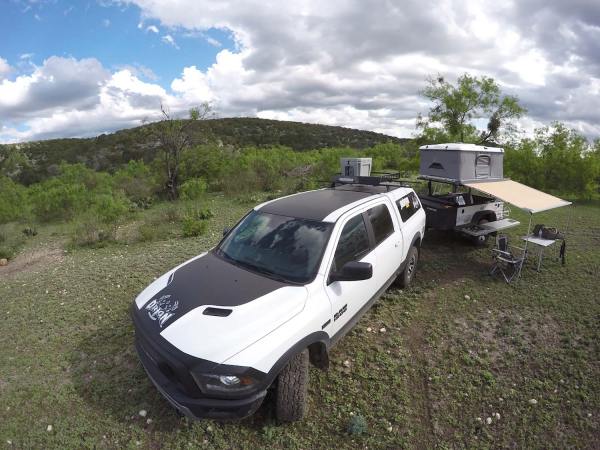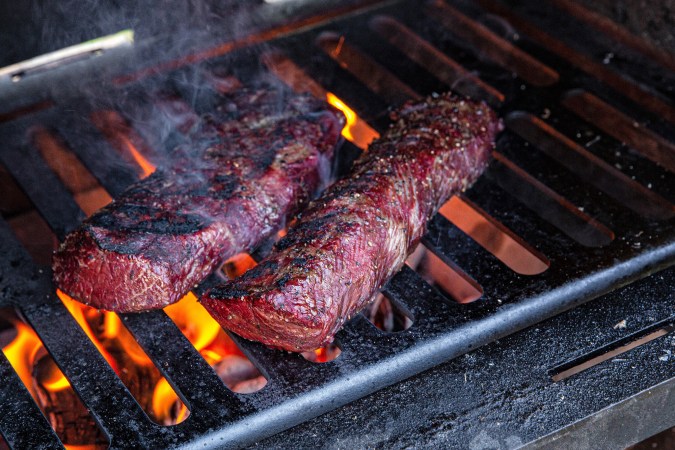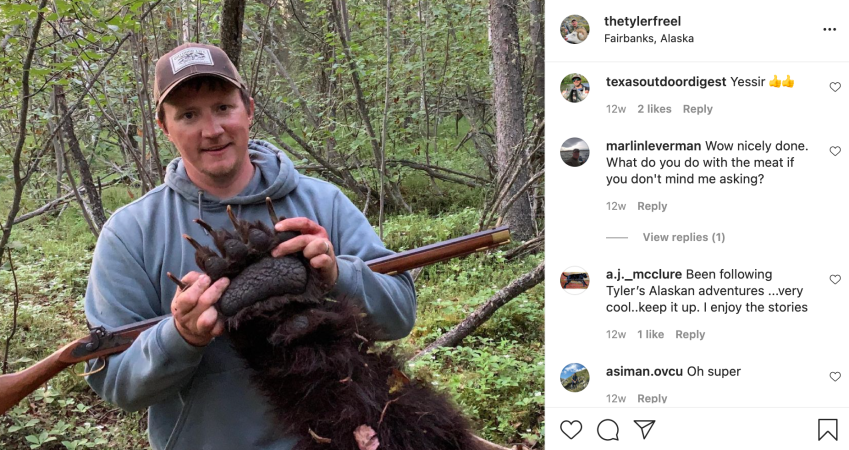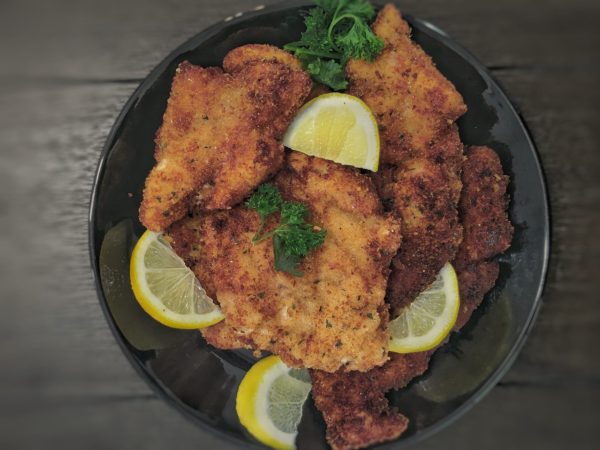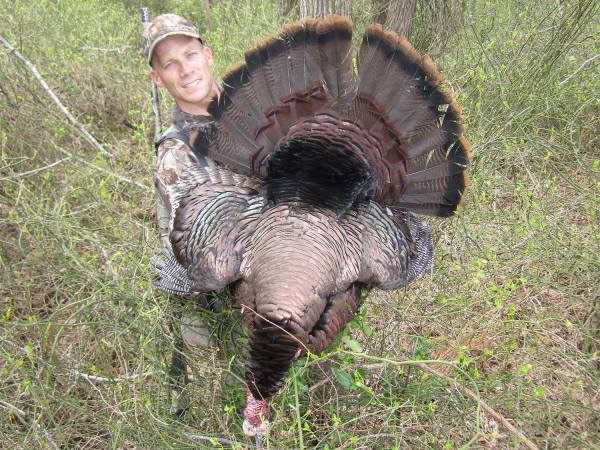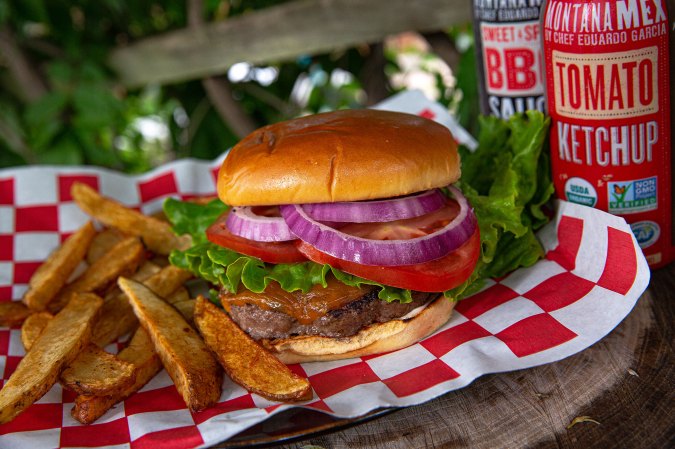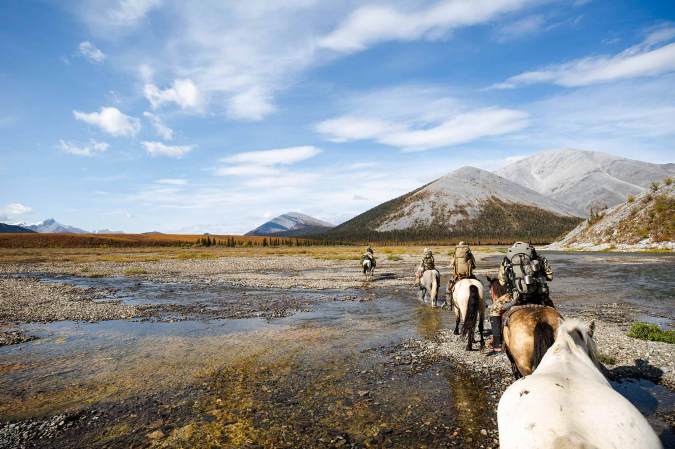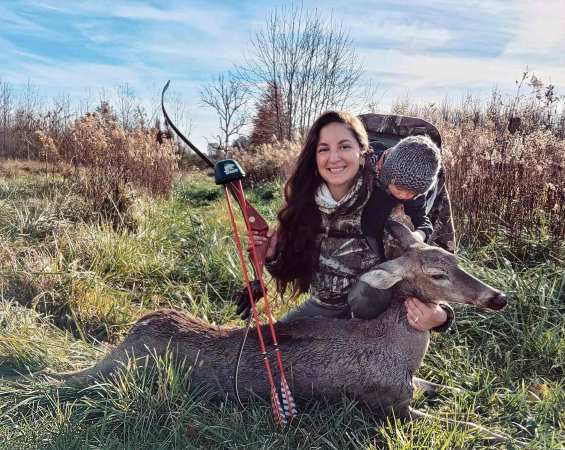A phone call woke me up at 4:30 a.m. one August morning a few years back, and through my groggy ears, I heard, “We made it to town, can you meet us now? Our flight leaves in three hours.”
I had been expecting a call, but not quite so suddenly. I’d previously agreed to take care of the capes and skulls for a couple out-of-state caribou hunters, but hadn’t heard a word from them since before they left. I was willing to flesh and salt the capes and crate everything up to send to their taxidermist, but that wasn’t all I was in for when I met up with them.
“Can you take the meat too? We don’t really know what to do with it,” the pair inquired.
Packed in a tarp in the back of the rental car was four bulls worth of caribou meat. It was clean and tidy, but there was a lot of it. Luckily, I had the freezer space to keep it cool and a few people who would take it. Still, it was risky business to put a fellow on the spot at 5 a.m. in a roadside turnout—only an hour before their flight left—and I don’t like to think about what they might have done with the meat if I hadn’t been able to take it.
There are many things that a traveling hunter needs to plan and account for and, as an Alaskan resident, I’ve seen quite a few crises that were the result of poor planning. Even in my own local and out-of-state hunting travels, I’ve seen and experienced some of the problems that can occur—and most of them can be easily avoided or dealt with if they do arise. Here’s what you should think about when planning your own out-of-state hunt.
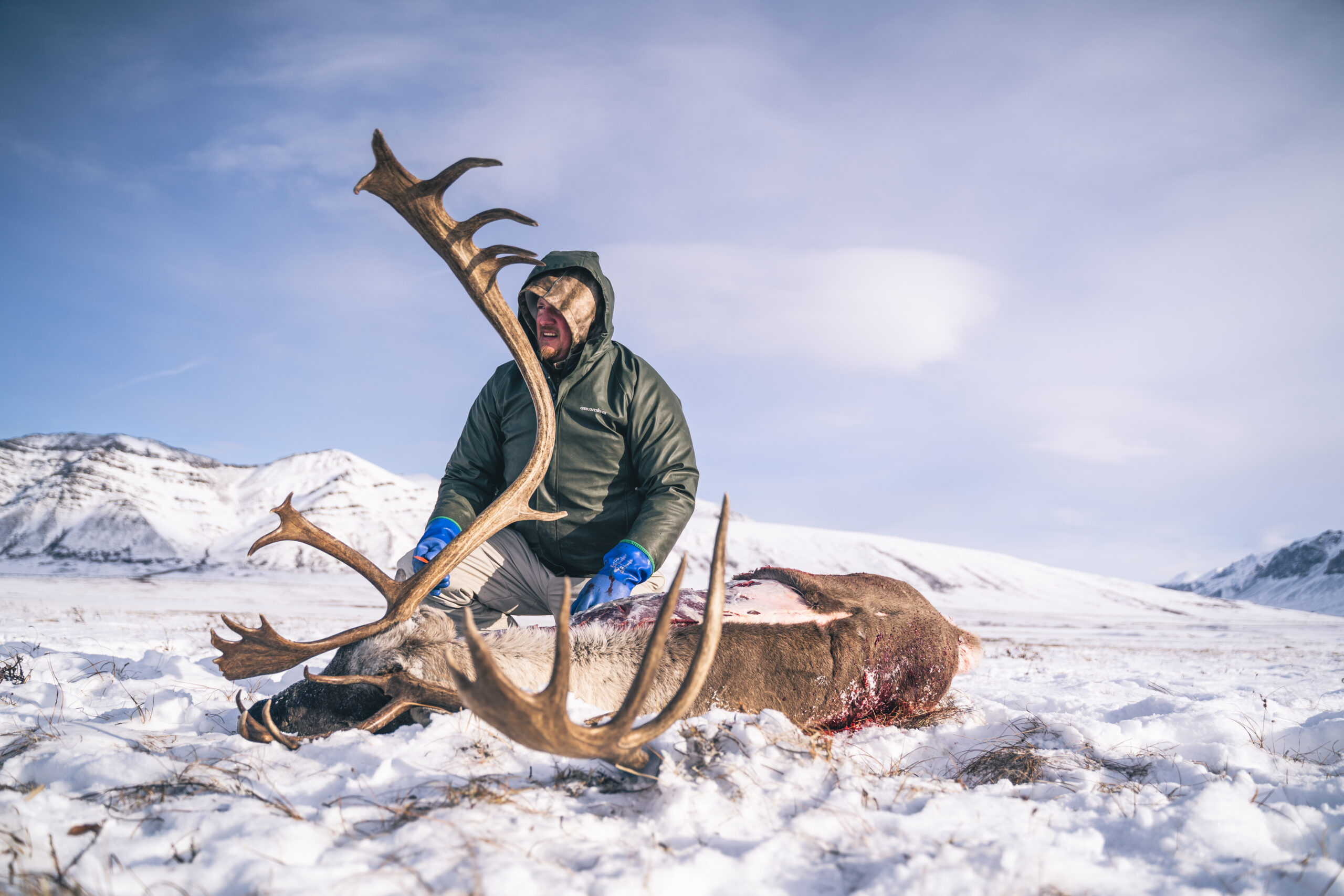
1. Fly With Your Boots On
I stood there staring at the rapidly emptying luggage carousel that was obviously not carrying my yellow duffle. I stifled the urge to panic, knowing there was nothing I could do. I’d never had luggage lost or delayed before, but it seemed like my luck had run dry on this elk hunt in New Mexico. I’d packed all the gear and clothing I could possibly need in my checked bag, and had only my binoculars in my carry-on.
My bags were eventually delivered to camp the following afternoon, but not before I’d had to borrow a pair of brand new boots, and eaten blisters on both my heels the first morning of the hunt. That wouldn’t be a problem normally—I’d just patch them up with Leukotape. However, that was also in my checked bag. Everything worked out fine and it was a hell of a trip, but I won’t forget the words of my buddy who laughed when I told him my woes: “Always fly with your boots on. Everyone knows that!”
You won’t realistically be able to bring all your hunting gear onto the plane in your carry-on or on your person, but bring what you can. It might save you some discomfort. You certainly want to keep any expensive optics or cameras on your person.
2. Logistics Are Your Biggest Obstacle
Often, the hunting is the easy, enjoyable part of a trip. Logistics are the hard part. On remote hunts—especially here in Alaska—logistics are everything. Even if you’re on a guided hunt, you still need to know exactly what plans to make for transportation to and from the field. If you’re hunting with a good outfitter, they’ll usually be able to tell you exactly what you need to do, but that’s not always the case. Some outfitters will pick up the reins once you get to camp, and cut you loose just as quickly when their job is done. Figuring out transportation and lodging might be up to you to figure out.
If you’re going on a DIY hunt, the logistical burden is even greater. This is true even on an entry-level DIY trip for caribou. If you’re not driving to your destination, you’ll likely need to find a rental vehicle and possibly other transport to the field, which is sometimes easier said than done. If you’re coming to Alaska this fall and don’t have that stuff lined out already, then you’re probably in trouble. Rental vehicle and lodging shortages often can mean exorbitant prices and sometimes there’s no availability at all. Most air charter services are booked out six months or more in advance.
3. Plan for Your Meat, Hides, and Heads
After a successful hunt, the last thing you want to be stressing over is what to do with your meat, hides, and horns or antlers. The aforementioned caribou hunters had a plan lined out for their trophies (me), but not for their meat. It can be difficult to have a foolproof plan for how your animal will be taken care of—no plan is truly foolproof—but do the very best you can.
As with many aspects of planning for the traveling hunter, most guides have a plan to deal with excess meat if a hunter can’t bring it all back. You’d still better ask though, because in most cases the meat is still your legal responsibility as the hunter. It pays to ask lots of questions and make sure you’re on the same page before you get there.
Despite those fresh blisters, I did take a nice bull elk on my New Mexico hunt, and it was a fantastic trip. Getting my meat home did not go so smoothly. The outfitter had a professional processor set up to cut and pack the meat. That was not the problem. The issue was shipping it to me. The outfitter never did pick up my meat to ship it to me as we’d discussed, so it sat at the processor for nearly 3 months. I ended up having to drive there and pick it up in-person the next time I was in the lower 48. The meat was worth it, but what a headache.
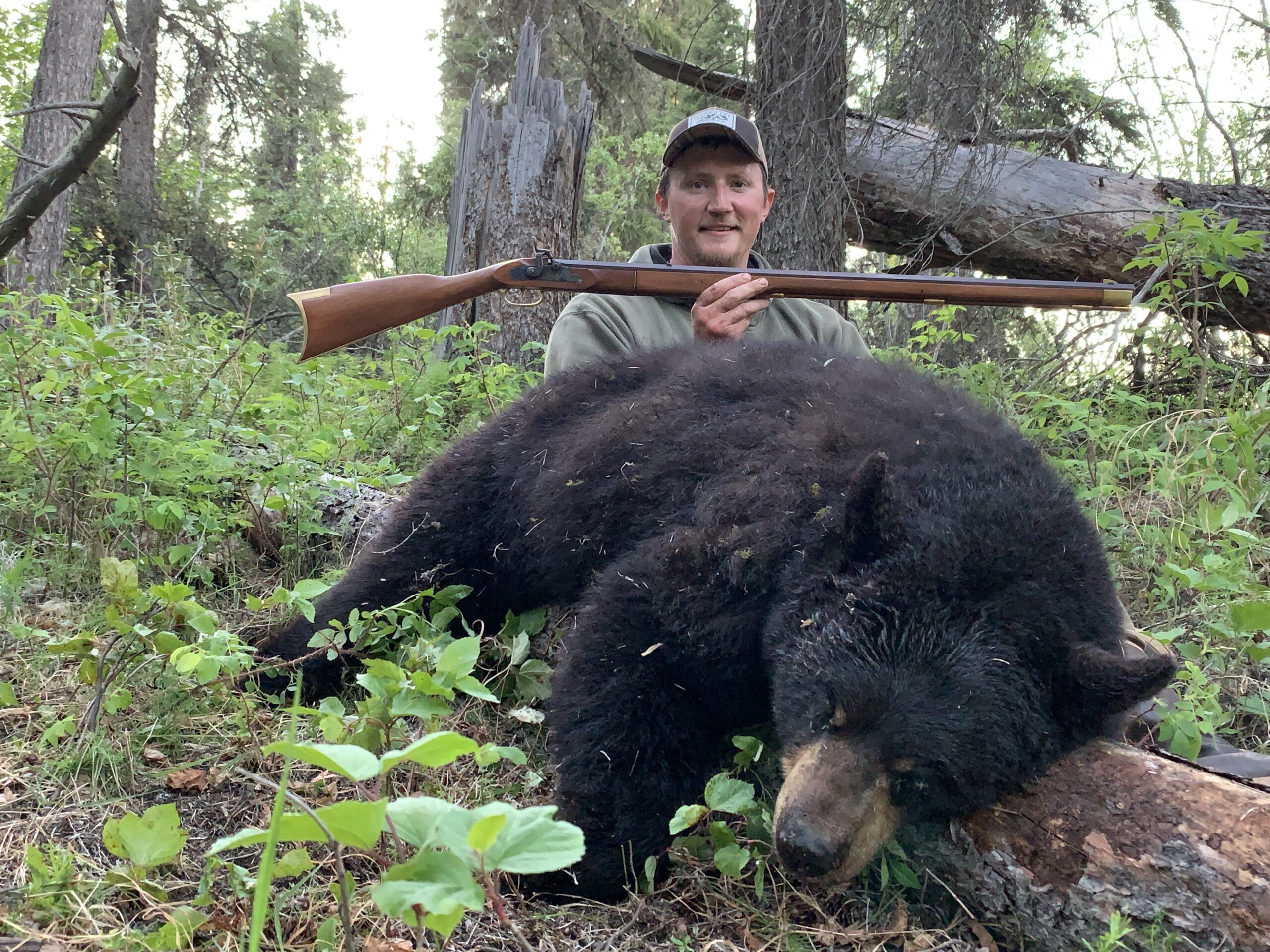
If you’re on a DIY hunt, then the burden is wholly on you to care for your meat and trophy until you can get it to the right place. It always pays to research ahead of time and have a plan in-place. If you’re driving out west, that might mean a chest freezer and generator in the bed of your truck. If you’re planning a DIY hunt in Alaska, it gets more complicated. On top of field care, there’s the aspect of storage, processing, and getting everything home.
If you’re hunting with a partner or group, the clock starts ticking on your hunt as soon as the first person pulls the trigger. In warm weather, that might mean that your hunt gets cut short if someone shoots on the first day. When its hot, all hunters in the group need to be ready to sacrifice their own hunting in order to help pack and cool meat. Be sure to have a plan for processing and shipping meat as well. Some local processors will restrict what they accept during hunting season if they’re too busy and finding cold storage for your meat can be difficult or impossible.
Taxidermy is another common decision that a hunter needs to account for ahead of time. If you’re hunting on your own, then you need to have a plan for your animal before you ever shoot it—including getting schooled up on basic caping and trophy care. If you’re on a guided hunt, your guide should know how to cape, skin, and care for your trophy, but if they suggest just using their local taxidermist, make sure you look at their work first. An outfitter’s “preferred” taxidermist might be easy to use, but there are a lot of shoddy brother-in-law taxidermists out there.
4. Get Into Your Element
Arriving in camp for a long-awaited hunt is often a blur. With most good outfitters, a trip to the rifle range to check zeroes is standard procedure, but not always. Sometimes you’ll be going full blast from the moment you get to camp. You’ll be surrounded by new faces, experiencing a new place. This can be overwhelming. If there’s one thing that I’ve learned from being in hunting camps—both as a guide and client—it’s that the hunter is usually out of their element. What I mean by that is that with all the buzz and excitement, the hunter isn’t settled down and firing on all cylinders as they might be in their normal hunting circumstances.
I’ve been there myself, and I’ve seen lots of others in the same position. It’s even more difficult when everything is a rush. If you have the chance, go through your gear, and get everything ready after arriving in camp. If you have the time to do a little shooting, use it. A few calm shots at the range are a no-brainer for confirming your zero after the baggage handlers have pitched your rifle case around like a Scottish caber. More importantly, that time gives you a minute to settle down, shoot, and go into the field with confidence. I’ve had to hunt in situations where I was rushed and didn’t really have time to verify my zero in camp—and I never felt good about it.
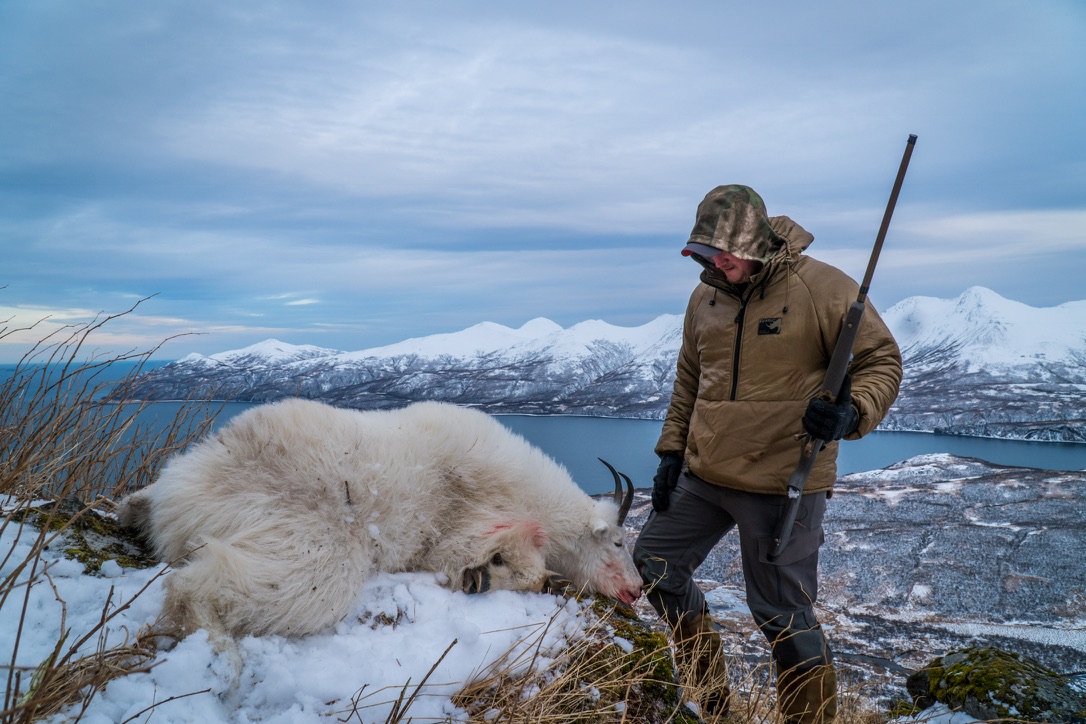
5. Be Flexible, Be Picky, and Have Fun
When traveling to hunt—and helping guide traveling hunters—one of my most significant observations is that each hunt differs somewhat from the traveling hunter’s expectations. If those expectations are rigid, it can result in a terrible time for everyone involved. Sure, we’re out there to get the animal of our dreams, but it’s supposed to be fun. Having some flexibility and an open mind will almost certainly make you have a better hunting experience.
Read Next: 10 Life-Changing Lessons I Learned from My First African Safari
You’re sure to have some challenges when it comes to travel hunts, and in Alaska that often means bad weather interfering with hunting or travel. Sometimes the animals just won’t cooperate, or you might find that your hunt was nothing like you expected. Accept it and do your best to enjoy the experience for what it is. The grouchiest hunters I’ve ever encountered were usually either hung up on doing things their way only—or upset because the guide couldn’t change the weather or make an animal stand still in front of them. I don’t know what experience they were hoping for, but the one they were getting wasn’t fun.
Be a little picky, and you’ll probably have more fun. You don’t need to be an ultra-selective trophy hunter, but if you’re making the trip to hunt, you might not want to shoot the first animal you see on the first day. There is certainly a time to shoot on the first day, but know that you might be missing out on some awesome experiences. An outfitter I worked for told me he’d had many bear hunters choose to leave for home a day or two after shooting a bear the first day rather than stay and fish or see the sights. That’s too bad, because I always have more fun on hunts that last longer.
If you’re well-prepared, but flexible in your plan and expectations, you’ll be set up to have an incredible experience. The more you can focus on what’s in front of you—knowing that you’ve got the rest of the details covered—the better you’ll hunt and the more enjoyable your hunt will be.

